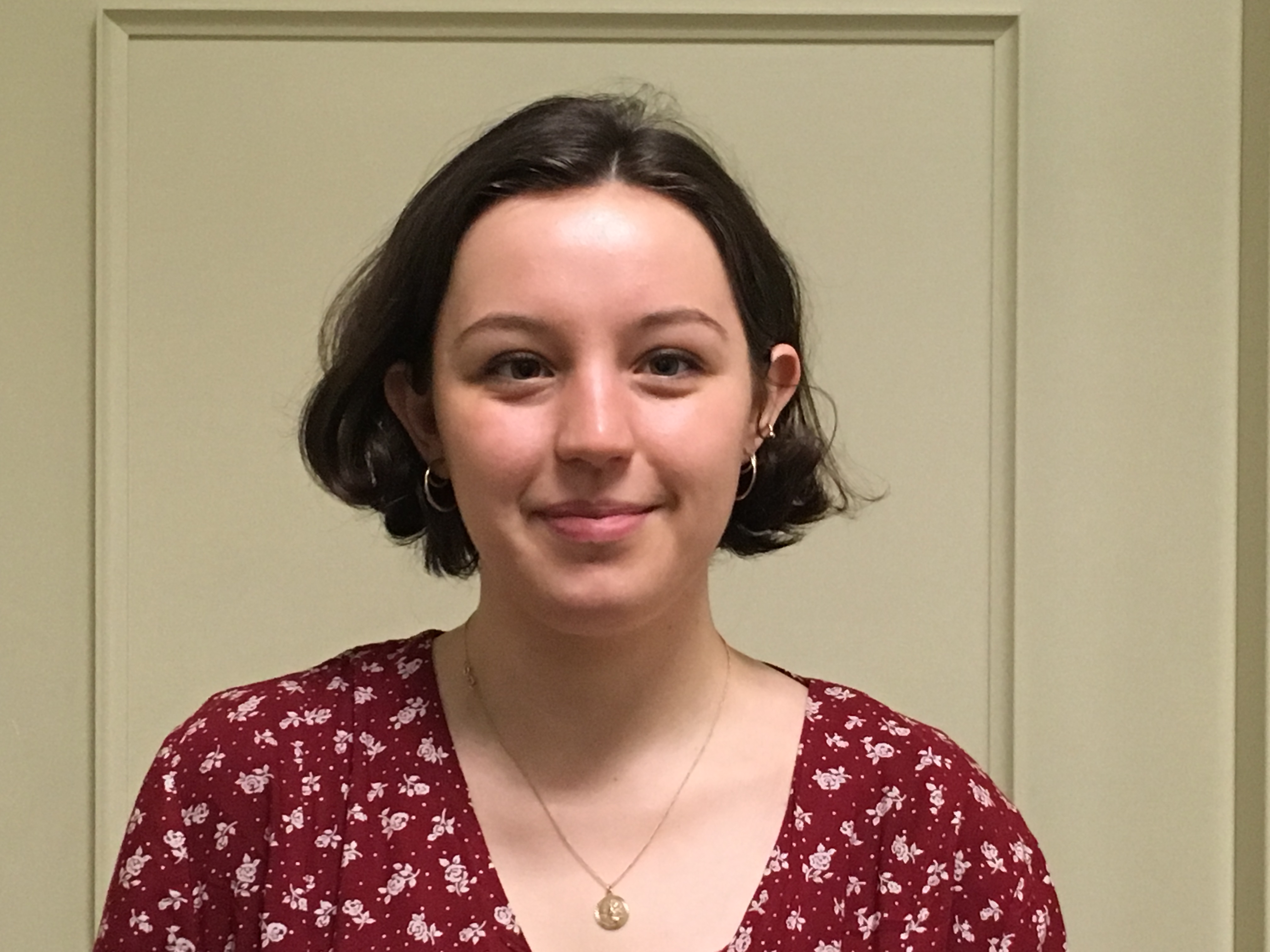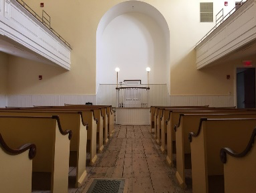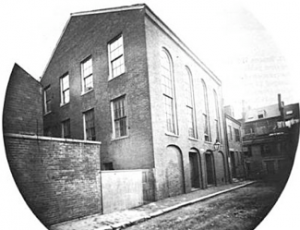Nestled in a corner of Beacon Hill is an extraordinary center of history, influence, and revolution. The African Meeting House is known for being the oldest black church building in America, but I learned during a recent visit that it is also where the civil rights movement arguably began.
When the first federal census was done in 1790, Massachusetts was the only state in which no slaves were recorded. Boston had a growing community of free, literate African Americans and the meeting house was constructed in 1806 as the home of the first African Baptist Church. The building gave black Bostonians a place to worship without facing discrimination in mixed churches. The meeting house also served as a school until 1835, when the children were moved to Boston’s Abiel Smith School, the first public school for free African Americans in the U.S. In 1849, classes returned to the building when most black families withdrew their children from the Smith school as a protest against segregation.
Speakers such as Frederick Douglass and Maria Stewart delivered lectures at the African Meeting House.
During the abolitionist movement, the New England Anti-Slavery Society was established at the meeting house in 1832 by newspaper publisher William Lloyd Garrison. Garrison believed that slavery was immoral. By 1834, the society had approximately 2,000 members. Groups similar to the New England Anti-Slavery Society began to appear all over the state and took it upon themselves to educate the masses about the horrors of slavery and its consequences. Speakers such as Frederick Douglass and Maria Stewart delivered lectures at the African Meeting House to further the message and create a movement that would hopefully incite change.
Boston’s African Meeting House was also instrumental in the Union efforts during the Civil War. Massachusetts Governor John A. Andrew issued the first call for black soldiers in 1863. Recruits from as far away as Canada and the Caribbean gathered at the meeting house to enlist in the historic 54th Volunteer Infantry Regiment, remembered today by the Robert Gould Shaw Memorial opposite the Massachusetts State House.
Recruits from as far away as Canada and the Caribbean gathered at the meeting house to enlist in the historic 54th Volunteer Infantry Regiment.
It is interesting to me that—compared to 1950s and 1960s Civil Rights activists Rosa Parks and Martin Luther King Jr.—the leaders of Boston’s African Meeting House are mostly unknown to the general public. However, it is important to recognize that events which took place in this Beacon Hill building would go on to shape how future generations would fight to make certain that all men and all women are regarded as equal.
Photos courtesy of the National Park Service.
Sources
http://www.americanabolitionists.com/new-england-anti-slavery-society.html
https://www.history.com/news/african-meeting-house-oldest-u-s-black-church-reopens-after-restoration
Share this:

About Georgiana Day
Georgiana is currently studying for a BA Hons in History and English Literature at the University of Edinburgh. She is working at NEHGS in Boston as a summer intern through the Saltire Foundation. She was particularly driven to take up the internship after the passing of her Gran, who was very invested in family history. In her spare time, Georgiana enjoys singing and acting and has taken part in many student productions during her University years.View all posts by Georgiana Day →

